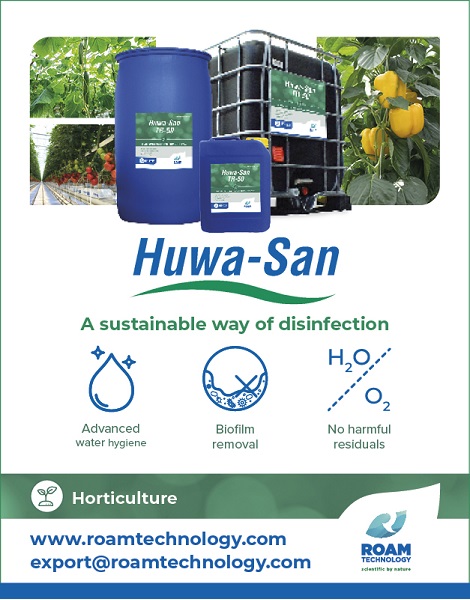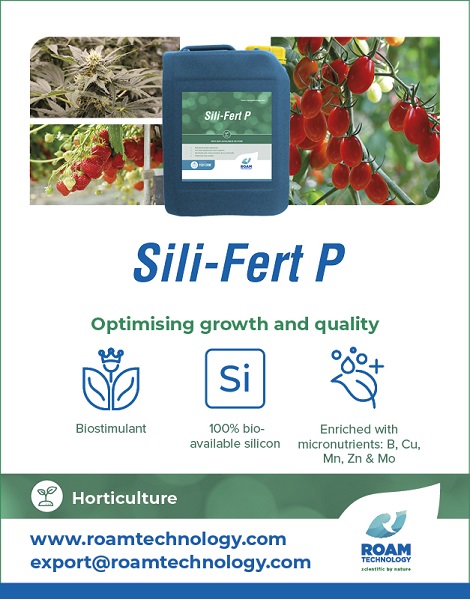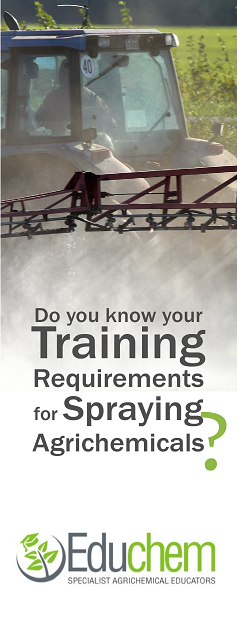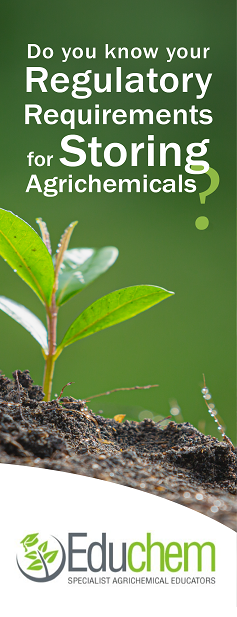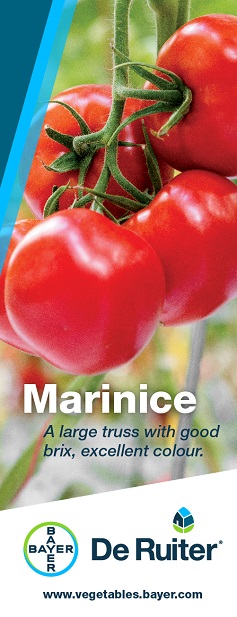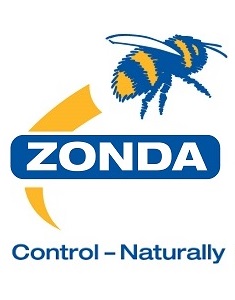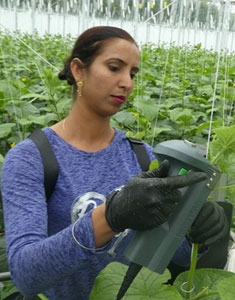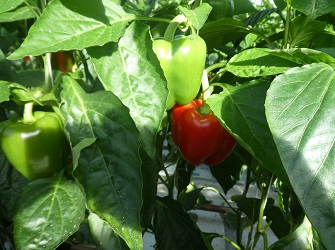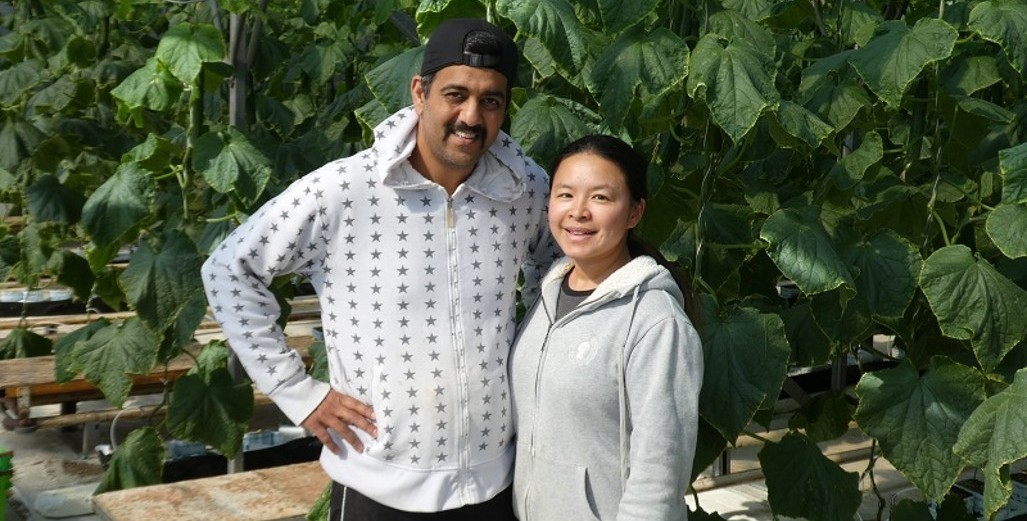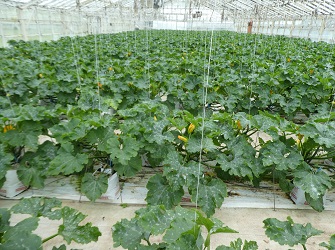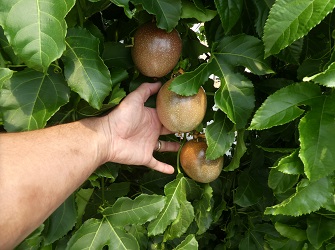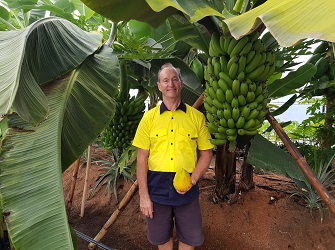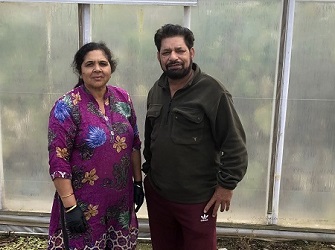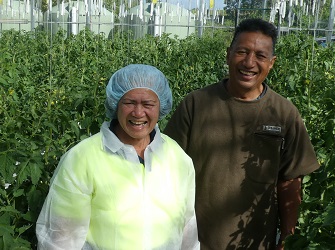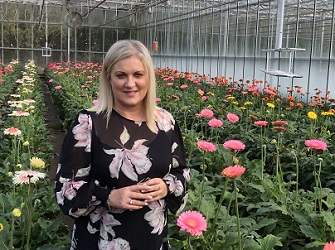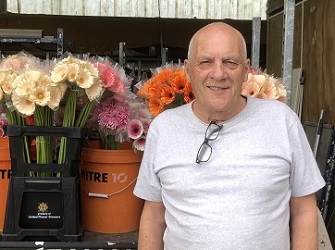Sign up here to subscribe to the Grower2grower Ezine. Every two weeks you will receive new articles, specific to the protected cropping industry, informing you of industry news and events straight to your inbox.
Jan 2024
(Best of 2023) Hygiene a Priority in 2023
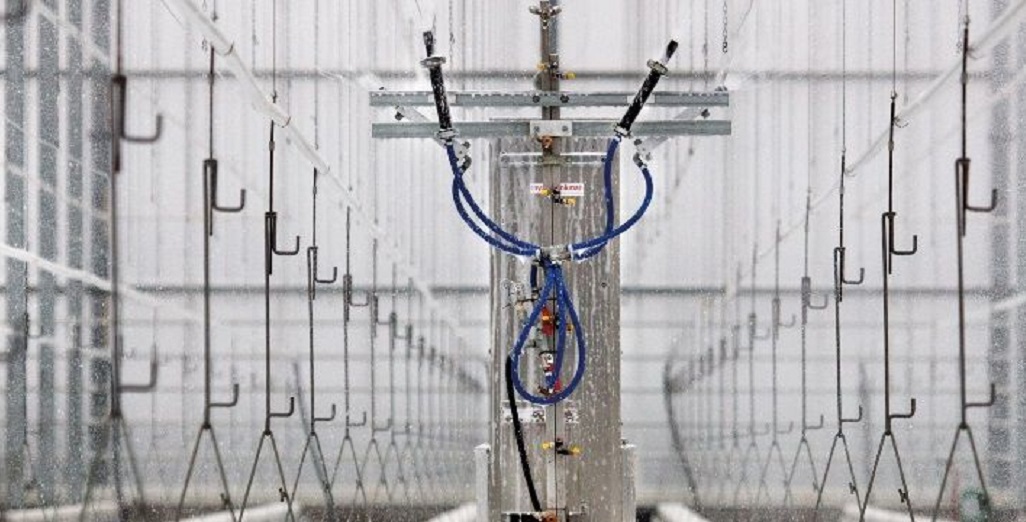
As plant viruses continue to cause growers headaches the best form of defence is prevention. Crop rotation time is the best opportunity to start disease free.
Happy New Year to all growers, suppliers and readers of Grower2Grower.
I would like to start this year with a positive message; however, this year’s challenges are still the same as last year. Labour shortages continue to hinder growers, the cost of fertilizer, fuel and input costs are still very high and the weather has been far from helpful.
To make matters complicated for tomato growers there are still multiple viruses to contend with. Hygiene maintenance comes at a high cost in terms of products and time, however the alternative of a crop infected with disease could be damaging financially. Good hygiene practice is risk mitigation.
I recently read a post in regards to Bacterial Canker and it reminded me that it is not just the viruses we should consider.
Crop change over time is the perfect time to prepare and clean greenhouses. Below are tips from Royal Brinkman. You can also go onto the website and download their white paper ‘Finish clean, start clean’
Cleaning the greenhouse is of great importance for a hygienic start for the new cultivation. Only this way you can protect the greenhouse from diseases, bacteria and pests from the old crop to the new crop. This is an important part of guaranteeing the quality of the crop and production. In this article our specialist explains the best way to clean the greenhouse during the crop rotation.
Cleaning and disinfection
Did you know that cleaning and disinfecting are not the same thing? Cleaning is the removal of dirt such as dust, dirt or grease. Cleaning does not ensure that micro-organisms are killed. Disinfection, on the other hand, is the killing, inactivation or removal of pathogenic organisms, such as bacteria and viruses. By combating the micro-organisms, they cannot spread any further.
First step cleaning, after that disinfection
For optimal hygiene, make sure to first clean the material or surface to be cleaned with a cleaning product. This removes dirt and grease. By removing the dirt and grease, you can easily reach the stubborn bacteria, moulds and germs below with a disinfectant. The second step is disinfection. With a disinfectant you can remove stubborn bacteria, fungi and germs. A detergent does not do this. A surface may appear clean after using a detergent, but this does not mean that the germs have died.
The importance of disinfection
Disinfection is becoming increasingly important in the horticultural sector. With a view to legislation, environmental friendliness and sustainability, growers want to make less and less use of crop protection products. This is only possible when growers disinfect in a thorough and correct way. Good disinfection ensures that no pathogens remain in the crop, which reduces the risk of recontamination. Do not underestimate the importance of good disinfection!
Pull core fabric for crop removal
After the crop has been cleared, you can choose to clean and disinfect the pull core fabric with a fabric washer. This is how diseases, bacteria and viruses are killed. It is especially important if you put the pull core fabric in the greenhouse at the beginning of the cultivation. If you do not insert the cloth until the crop is changed, then cleaning and disinfection of the canvas is in principle not necessary.
Glass
Well cleaned, clean glass allows lighter into the greenhouse. Therefore, you should clean the glass of the greenhouse regularly – from the inside as well as from the outside. The easiest way to do this is when changing crops, because then you don’t have to take the crop into account. Discover more information about glass cleaners and an explanation of the correct working method.
Smooth, vertical and hard-to-reach surfaces
Smooth and vertical surfaces – such as greenhouse stands, glass, boxes and trolleys – are often difficult to clean and disinfect because the product runs off immediately after application. The best way to do this is to use foam. This attaches better, which can influence the effect time. It also has a crawling feature, which allows it to reach hard-to-reach areas such as corners and cracks.
Disinfecting plugs and hoses
The plugs of the drip system are usually used for several years. That is why you need to disinfect them during the crop rotation. After removing them from the greenhouse during clearing, you can put them in a container with hydrogen peroxide, so that they are disinfected.
Disinfecting water
In order to prevent pathogens from entering the new crop via the water, it is important to disinfect the water in silos and basins. Also for this you can make the best use of Huwa-San. This is a product based on hydrogen peroxide, which leaves no residue in the water and is therefore more environmentally friendly than chloride, for example. After you have disinfected the water, you can safely use it in the new cultivation. Always have a specialist advise you about this beforehand. If in the previous crop you had to deal with crazy roots, for example, then a more thorough approach is needed.
To learn more about Royal Brinkman contact:

David Sobevski |Managing Director Brinkman Australia
18-20 Jarrah Drive, Braeside, Vic 3195
M. 0429-706659 T. 03 9587 2566
E. d.sobevski@royalbrinkman.com.au
W. www.royalbrinkman.com/australia
Click here to view our Terms and Conditions of Trade
Article compiled by:
Stefan Vogrincic
Grower2Grower
E: stefan@grower2grower.co.nz
CLASSIFIED
Photo
Gallery
Subscribe to our E-Zine
More
From This Category
Vegetables by Bayer – ToBRFV Knowledge Centre
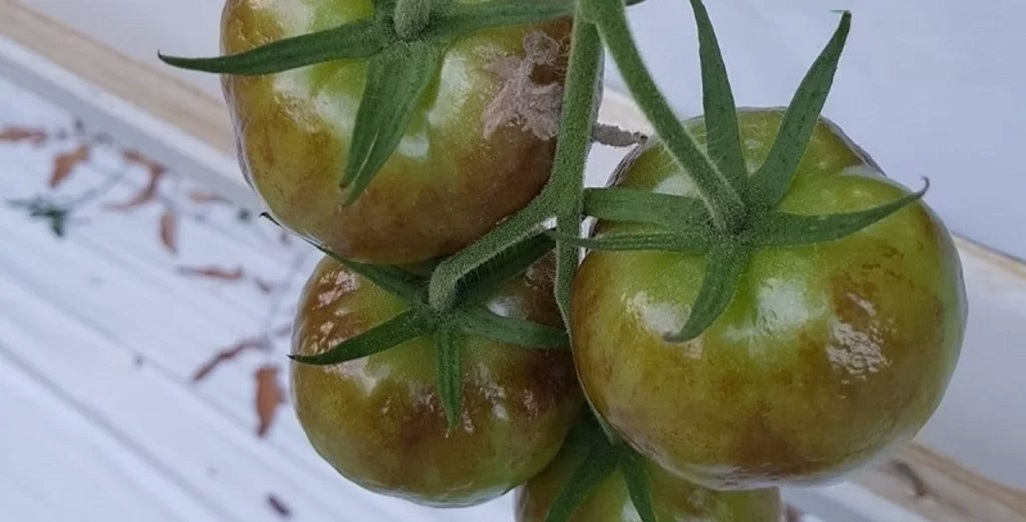
MPI – decision to temporarily suspend all Imported Australian fresh Tomatoes the correct one.
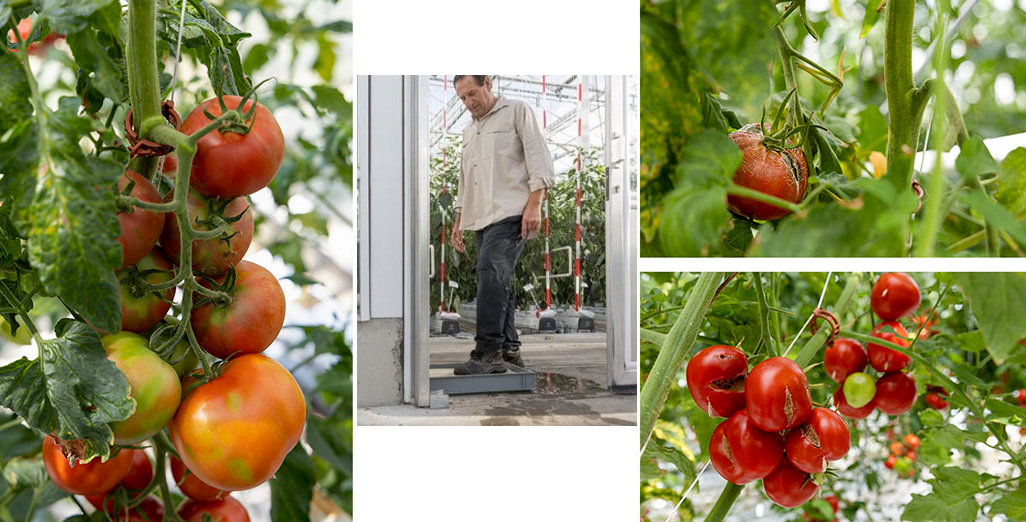
Tomato Brown Rugose Fruit Virus (ToBRFV) confirmed in Australia – what we need to know
Jasper Verhoeven – Best Hygiene Practices for Greenhouses, A Dutch perspective
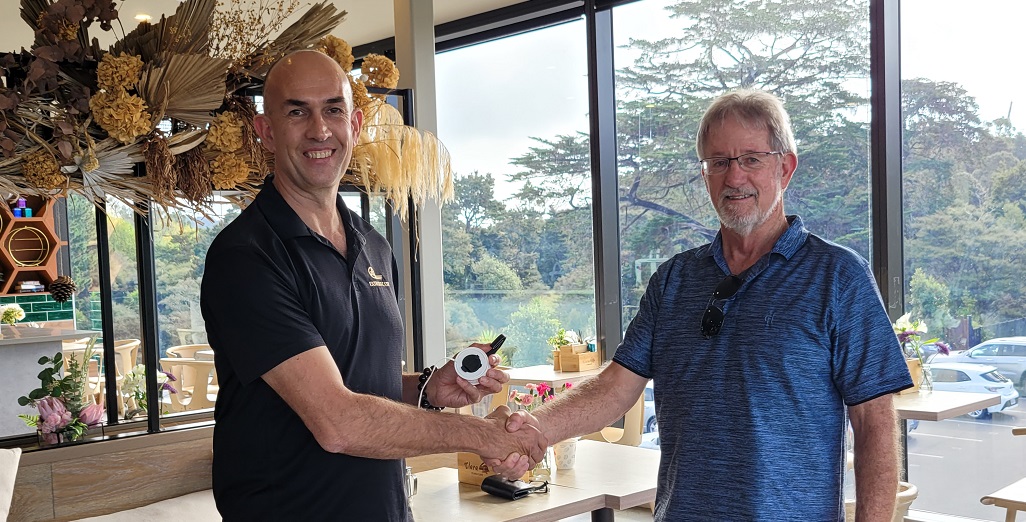
We have news. Reelenz has new owners.







